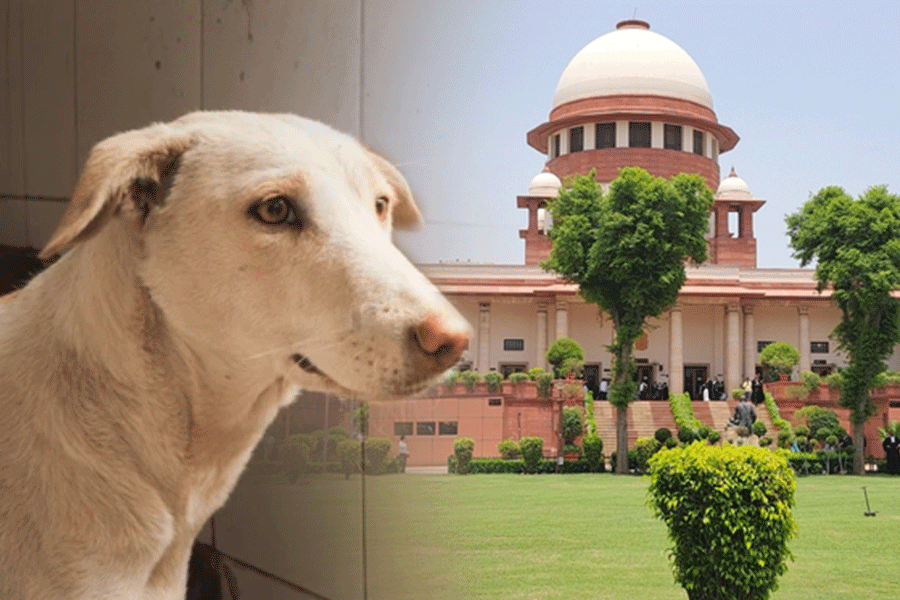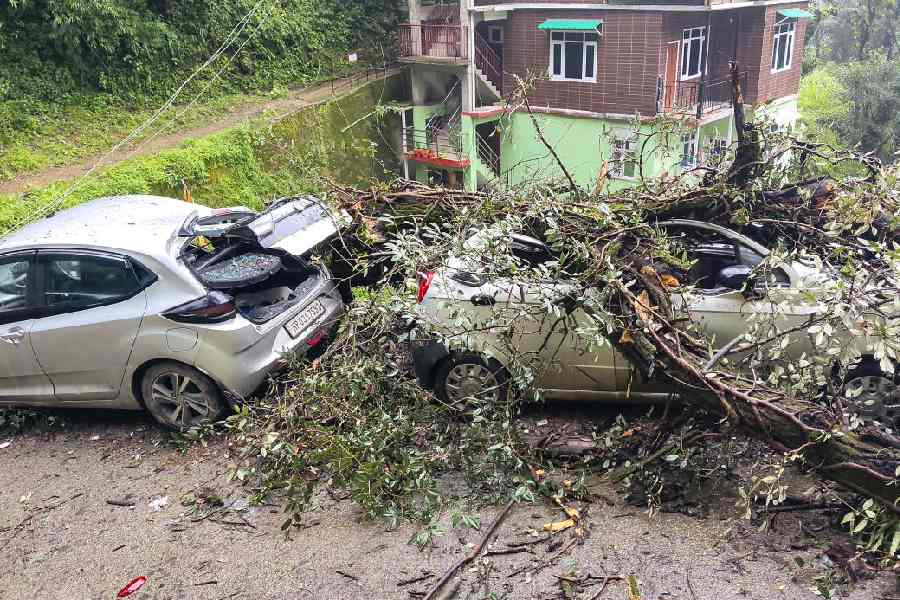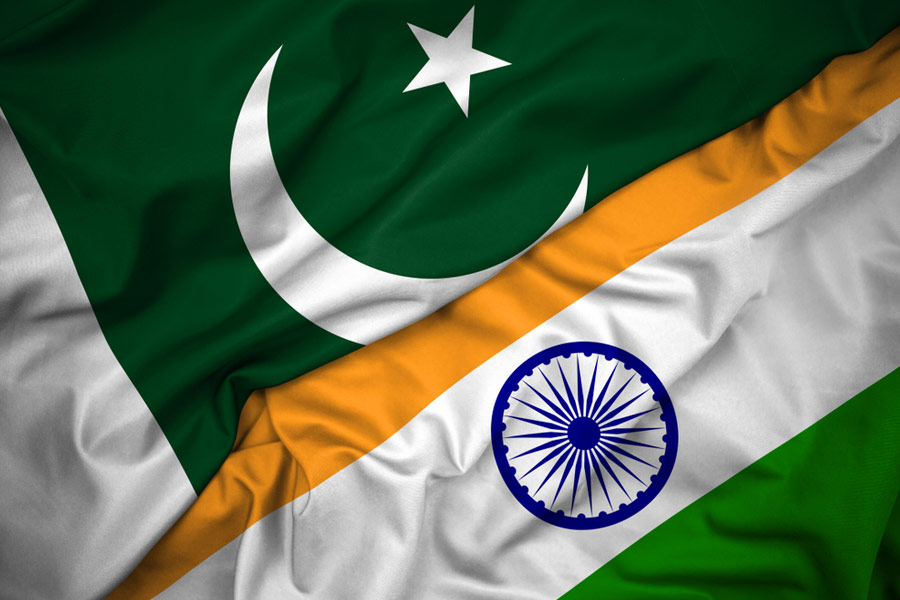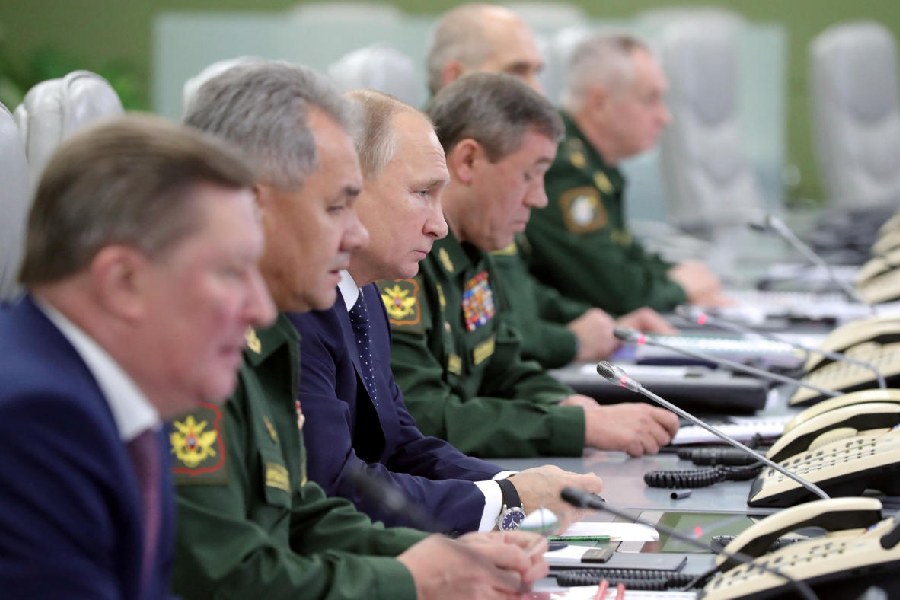July 29: Kazi Lhendup Dorjee Khangsarpa, (popularly known as L.D. Kazi) Sikkim’s first chief minister, died in Kalimpong last night.
A recipient of the Padma Vibhusan in 2003, Kazi was 103 years old. The centenarian, who had been bed-ridden for the last few years, will be given a state funeral at Rumtek Monastery near Gangtok on Friday. He was the head lama of the monastery. The Sikkim government has declared a state holiday on Friday.
The body will be taken to Gangtok on Wednesday to enable people there to pay their last respects to the man credited with playing a leading role in the Himalayan state’s merger with India.
Kazi had been living a quiet life at his residence near Hilltop here for over two decades after almost 40 years of being in active politics in his native state, both before and after the merger.
A stream of visitors from neighbouring Sikkim, including chief minister Pawan Chamling and governor V. Rama Rao, has been pouring in here since morning despite the poor weather.
“His death is an irreparable loss to Sikkim, and his contribution to the state historic. All Sikkimese people are deeply saddened by his death,” said Chamling.
Kazi Lhendup Dorji was born in Pakyong, East Sikkim in Khangsarpa family in 1904. He entered the famous Rumtek monastery at the age of six years as a disciple of his uncle, Tshurfuk Lama Rabden Dorji, who was the then head lama of the monastery. Kazi became its head lama later. After eight years in Rumtek, Kazi started the Sikkim Praja Mandal in 1945. Two years later, he and some others founded the Sikkim State Congress. He was elected its president in 1953.
In 1962, he formed the Sikkim National Congress, which had bagged 31 out of 32 seats in the 1974 election. Within a year his cabinet passed a bill asking for the removal of the then Chogyal (king), Palden Thondup Namgyal. The following year, Sikkim was formally merged with India, and Kazi was sworn in as its first chief minister on May 16, 1975. He held the post till 1979.










